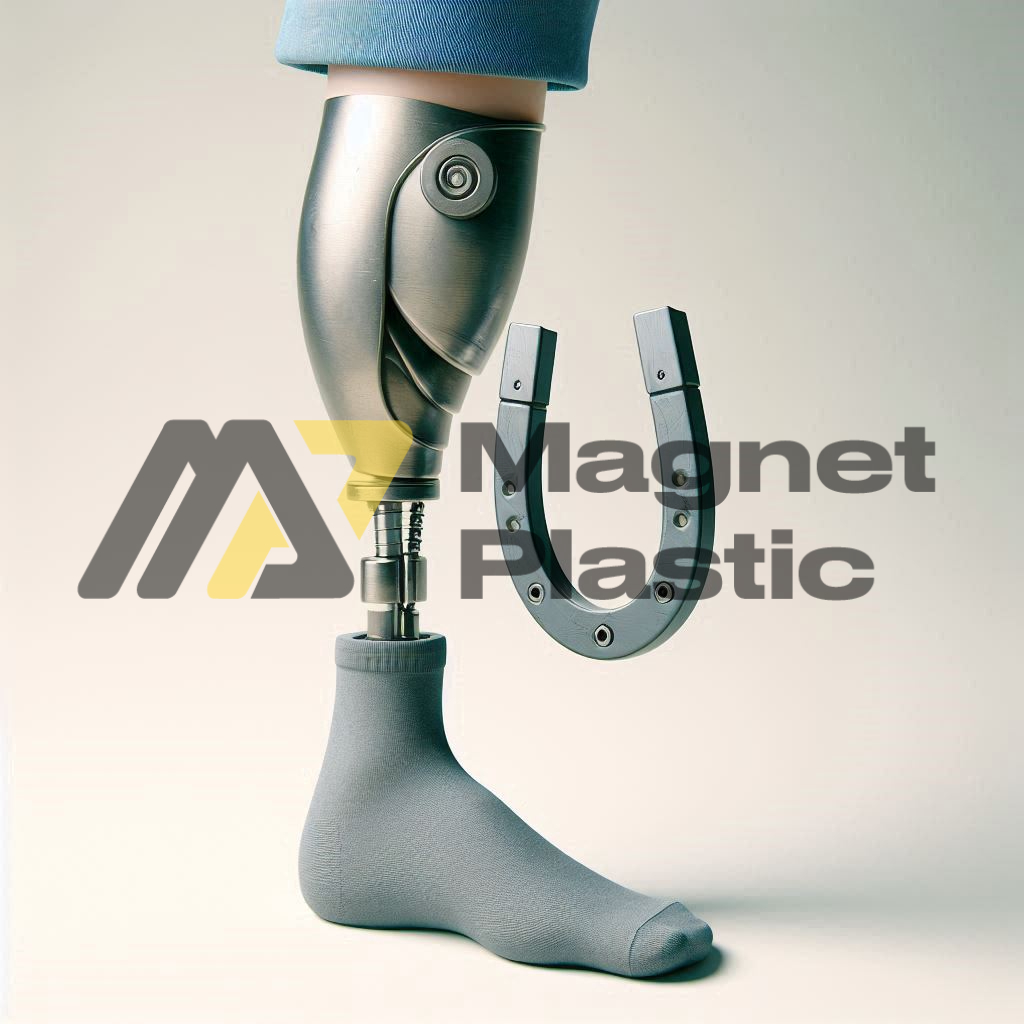The Use of Magnets in Prosthetics
The evolution of prosthetics in recent years has significantly transformed the lives of individuals with physical disabilities. One of the most notable innovations in this field is the use of magnets in prosthetics, which has proven to be an effective solution for improving the functionality, comfort, and adaptability of these devices. This article explores how the use of magnets is revolutionizing the design and implementation of modern prosthetics.
Enhanced Connection and Stability
Ensuring a stable and secure connection between the prosthesis and the user’s body is one of the most critical aspects of prosthetic design. Magnets offer an innovative solution to this problem. By integrating magnets into both the prosthesis and the stump components, a firm yet flexible attachment can be achieved. This ensures that the prosthesis remains in place during daily use, significantly reducing the risk of displacement or slipping.
The placement and removal of the prosthesis are also greatly simplified with the use of magnets. Users can align and attach the prosthesis to the stump quickly and easily, without the need for complicated adjustments. This feature is particularly beneficial for individuals with reduced mobility or limited motor skills, facilitating their daily use.
Improved Comfort
Comfort is essential for prosthetic users, and magnets can significantly contribute to a more comfortable experience. Traditional fastening systems, such as harnesses and straps, often cause skin irritation and discomfort. In contrast, the use of magnets allows for a smooth and secure connection, minimizing direct contact with the skin and reducing friction.
Additionally, magnets adapt to changes in the stump volume, which can vary due to factors such as climate or physical activity. This adaptability enhances the overall comfort and functionality of the prosthesis, allowing for a more dynamic and personalized fit.
Technological Innovations in Magnetic Prosthetics
The incorporation of magnets in prosthetics is also driving technological innovations. Magnets enable the integration of modular components in prosthetics, allowing users to customize and adjust their devices according to their needs and preferences. This includes the addition of specific accessories or tools that can be easily attached or detached through magnetic connections.
Another promising area is the use of magnetic sensors in bionic prosthetics. These sensors detect the position and movement of the stump, providing real-time feedback to adjust the force and movement of the prosthesis. This results in a more natural and precise experience for the user, enhancing the functionality of advanced bionic prosthetics.
Medical Applications and Future Perspectives
The use of magnets in prosthetics is not limited to artificial limbs. Applications are also being explored in other assistive medical devices, such as orthoses, which help support or correct body parts. Magnets allow for the creation of lighter, more comfortable, and adjustable orthoses, improving the quality of life for patients.
As magnet technology advances, more innovations in the field of prosthetics are expected. Research continues to explore new magnetic materials and designs that could offer greater durability, lighter weight, and better performance. Additionally, integrating emerging technologies, such as 3D printing with magnets, could open new possibilities for personalized and cost-effective prosthetic manufacturing.
Conclusion
The use of magnets in prosthetics represents an exciting intersection of technology and medicine. By improving the connection, comfort, and functionality of these devices, magnets are playing a crucial role in enhancing the quality of life for individuals with physical disabilities. With the continuous advancement of research and development, the future of magnetic prosthetics promises to be even brighter and full of innovative possibilities.
